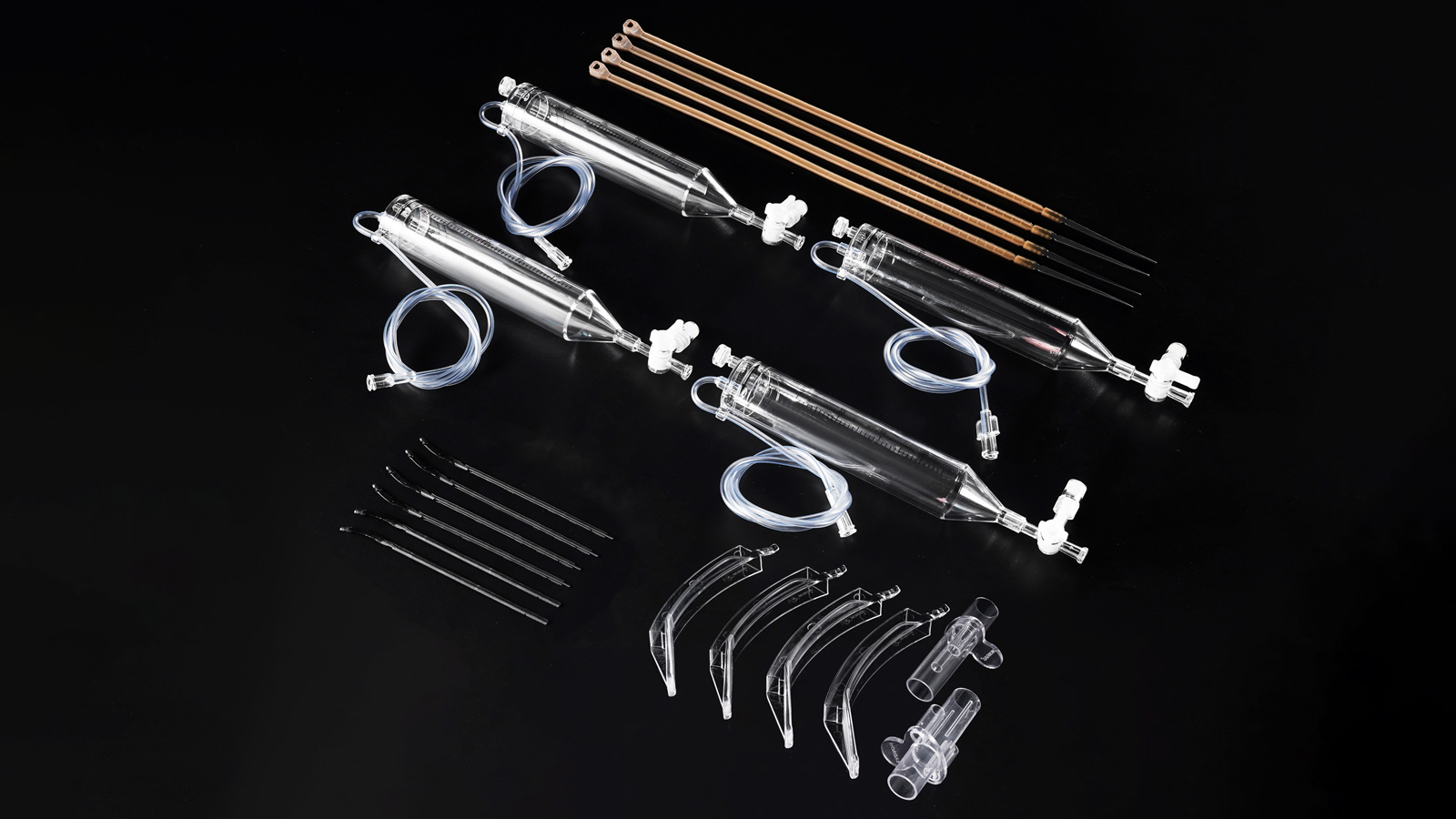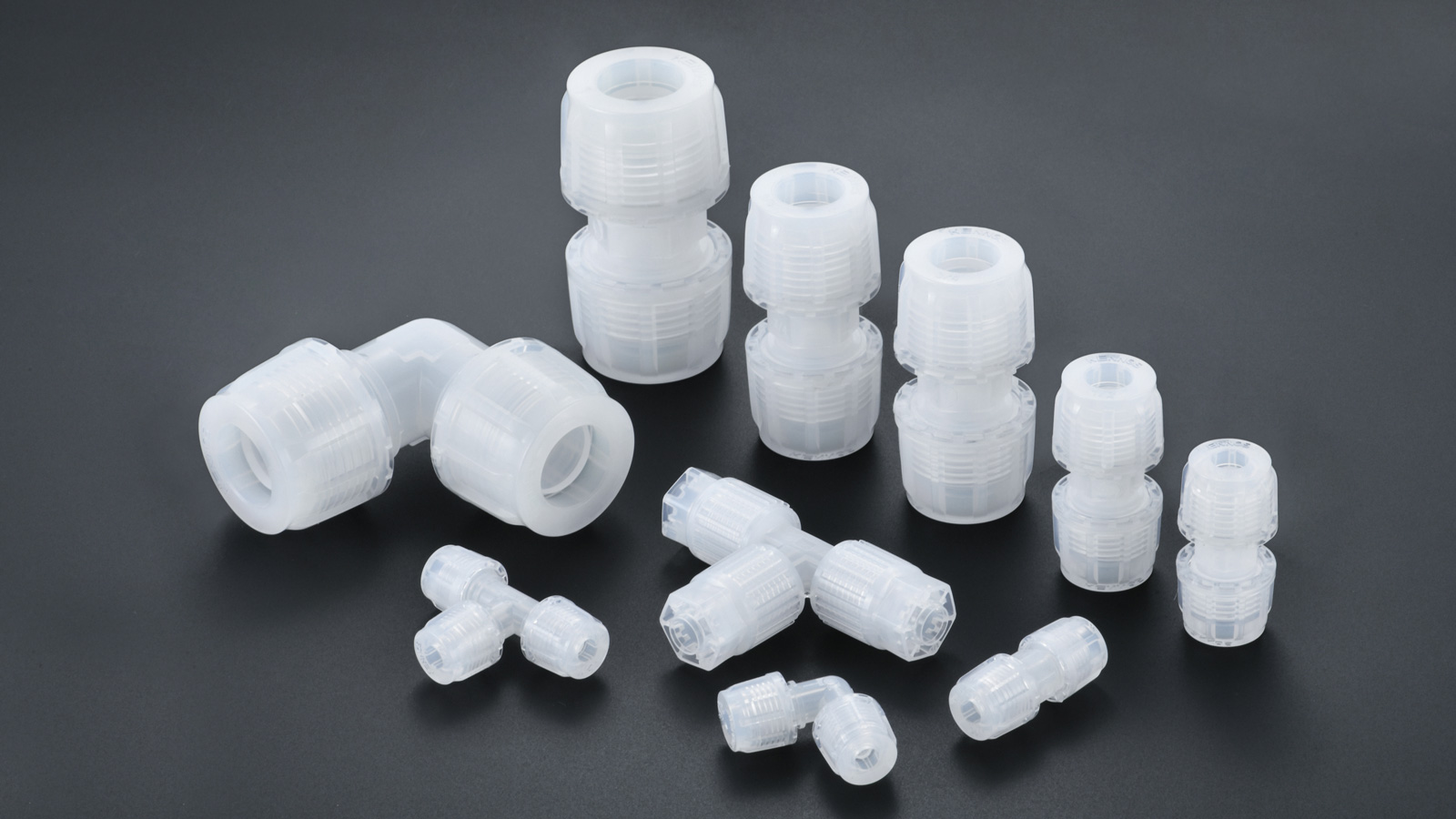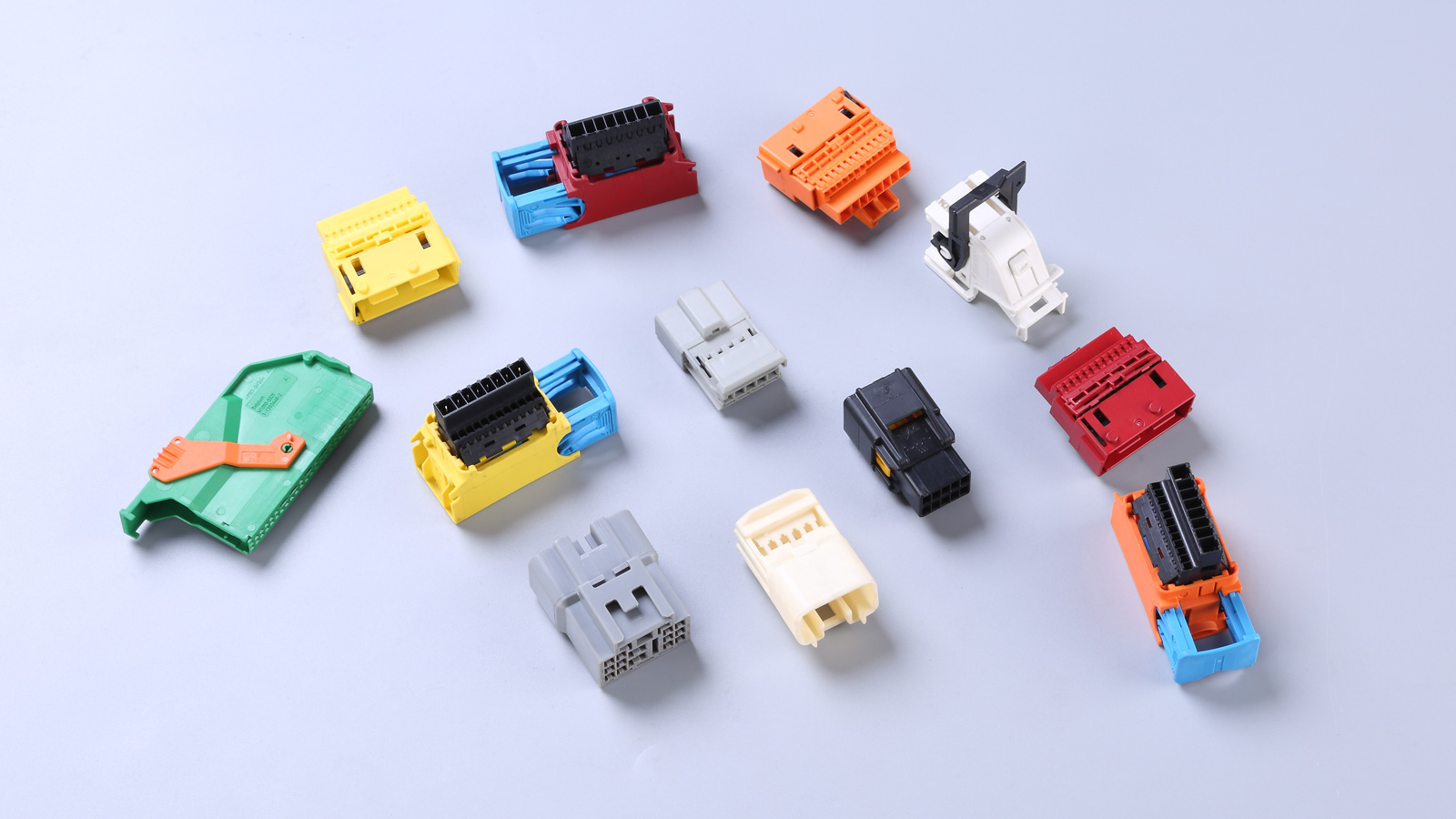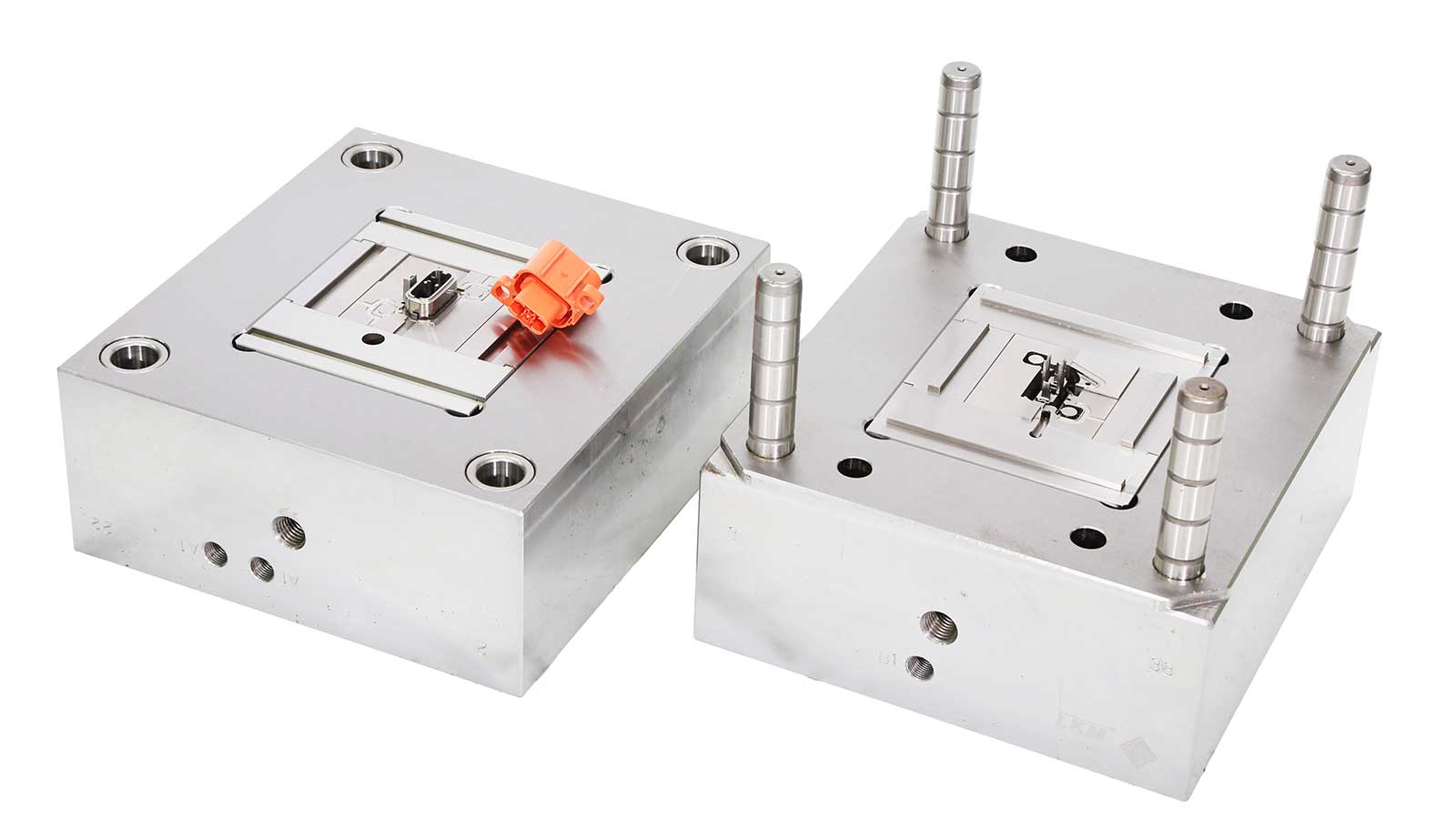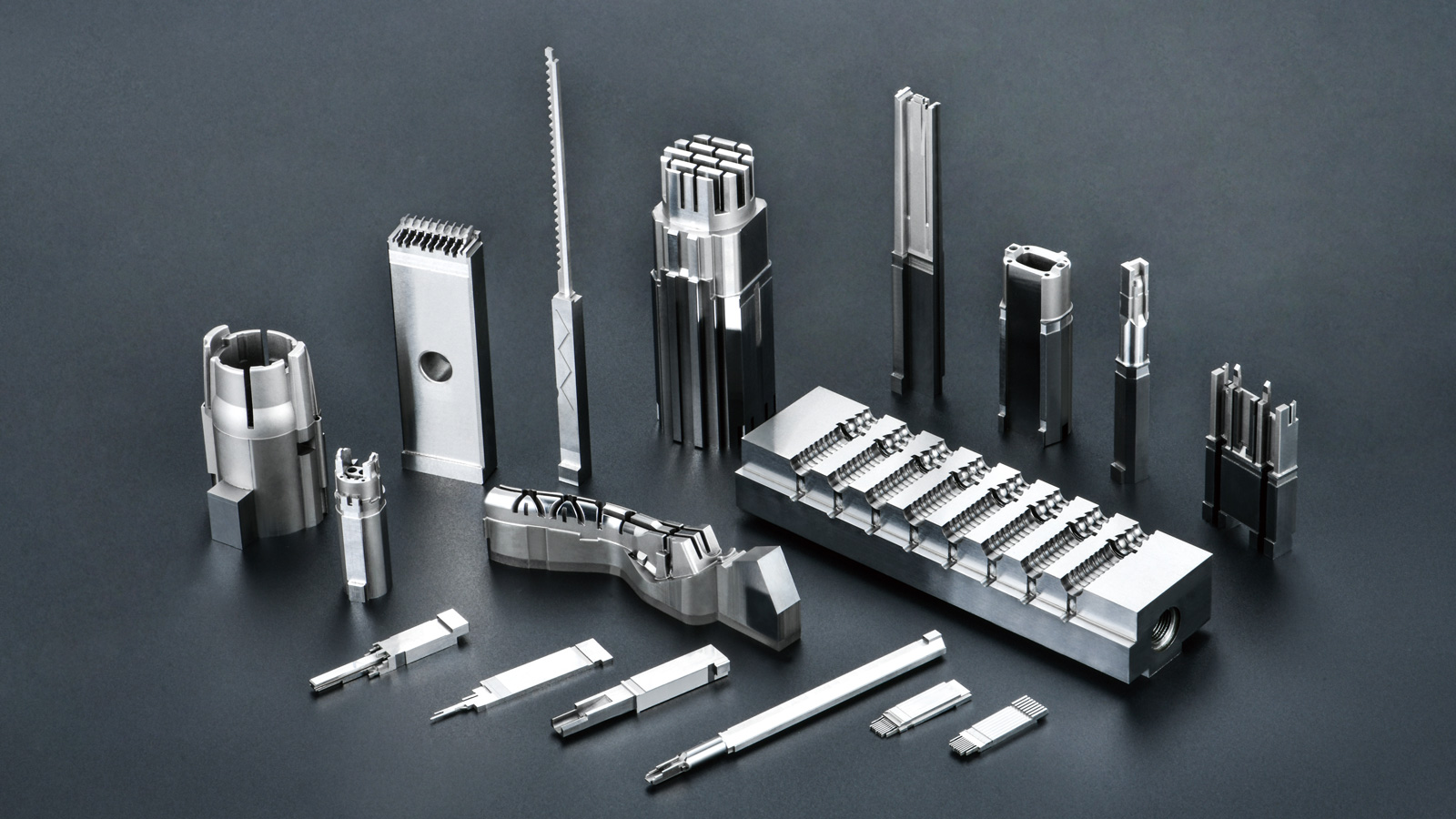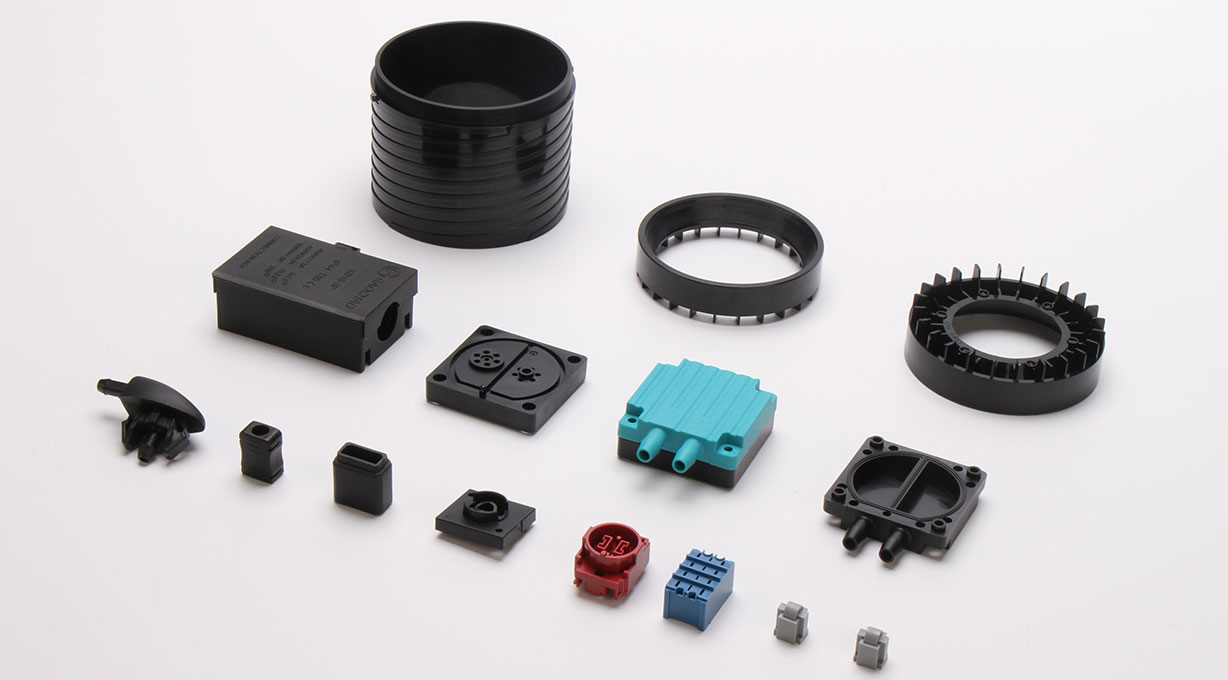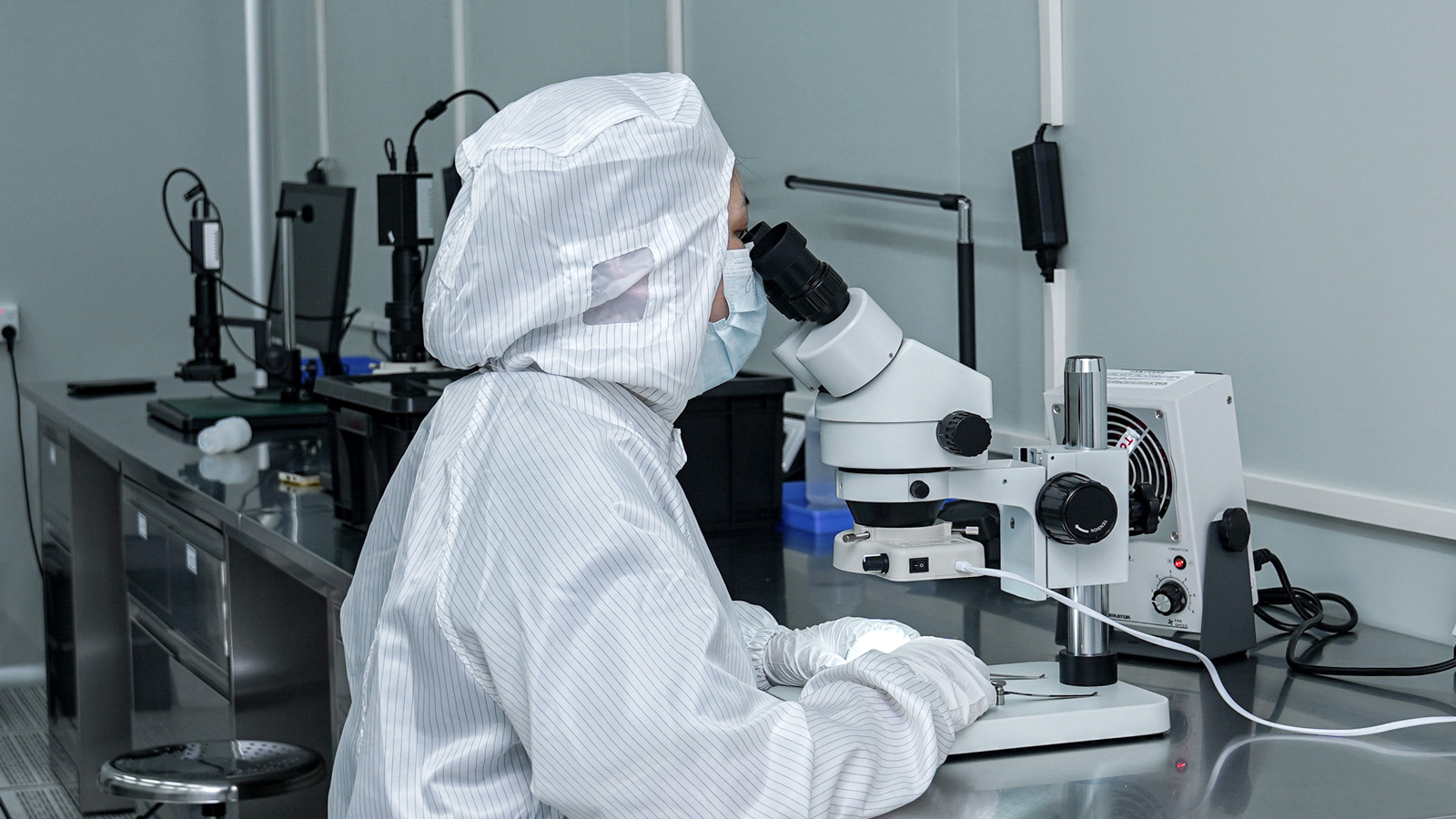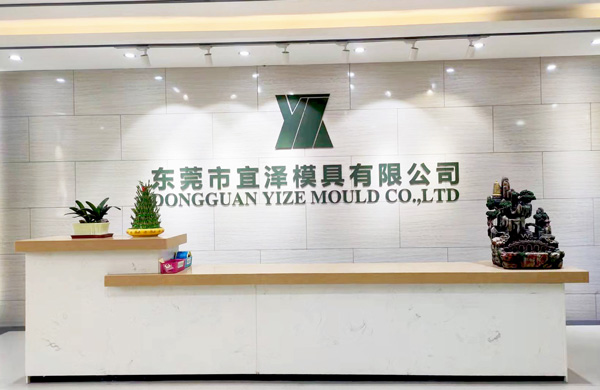The surface finish is one of the key indicators for measuring the quality of injection-molded products, and it is influenced by a combination of factors. Among them, material properties, mold design, and injection parameters are the core elements, which will be analyzed in detail below.
Material Selection
Different materials possess unique physical and chemical properties, which directly affect the surface finish of the products. The melting temperature of the material is a crucial indicator. For example, when using crystalline resin materials and aiming for a glossy surface, a relatively high melt temperature is essential. This is because high temperatures can reduce the surface roughness of the products and enhance their glossiness. When the melt temperature is appropriate, the material flows more smoothly in the mold, resulting in better filling and fewer surface defects, thereby achieving a better surface finish.
Additives in the material also have a non-negligible impact on the surface finish. There are various types of additives, and their mechanisms of action are complex. Only by having an in-depth understanding of the material properties can one accurately select suitable additives. For instance, some additives can improve the fluidity of the material, enabling it to be evenly distributed in the mold and reducing surface defects. Others may enhance the surface hardness of the material, improving its wear resistance and indirectly affecting the durability of the surface finish. It is worth noting that mold surface polishing is not the sole determinant of glossiness. The interaction among mold design, molding conditions, and the materials used collectively determines the final gloss quality. Only by comprehensively considering these factors can the desired surface finish be achieved.
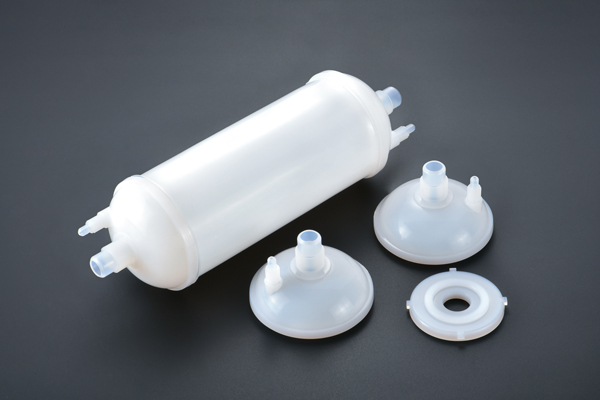
In addition, the material selection of the injection mold cannot be overlooked. The hardness of the mold steel is of utmost importance. High-hardness mold steel ensures that the mold is less prone to wear and deformation during long-term use. If the mold steel has insufficient hardness, the mold surface is likely to develop scratches, dents, and other defects during frequent injection molding processes. These defects will be directly replicated onto the surface of the products, seriously affecting the surface finish. Therefore, selecting high-hardness mold steel is a crucial prerequisite for ensuring the surface quality of the products.
Injection Temperature and Speed
The injection speed of the molten material has a significant impact on achieving an appropriate surface finish. Rapid filling of the mold cavity can effectively reduce the visibility of weld lines. During the injection molding process, when two or more streams of molten material converge, weld lines are likely to form, which are common defects affecting the surface finish. High injection speeds enable the material to quickly fill the cavity, reducing the chances of weld line formation and improving the surface finish and overall appearance.
When high injection speeds are combined with relatively high mold and melt temperatures, a synergistic effect is achieved, further enhancing the surface smoothness. Higher mold temperatures allow the material to flow and cool better in the mold, reducing internal stresses and preventing surface warping and deformation. Higher melt temperatures help reduce the viscosity of the material, improving its fluidity and enabling it to fill the fine parts of the mold more easily, resulting in a more uniform and smooth surface. By reasonably adjusting the injection speed, mold temperature, and melt temperature, precise control over the surface finish can be achieved to meet the quality requirements of different products.
The influence of the injection molding process on the surface finish is a complex and systematic process involving multiple links such as material selection, mold design, and injection parameters. Only by fully and deeply understanding the interrelationships among these factors and precisely regulating them can injection-molded products with excellent surface finish be produced, enhancing the market competitiveness and added value of the products.
